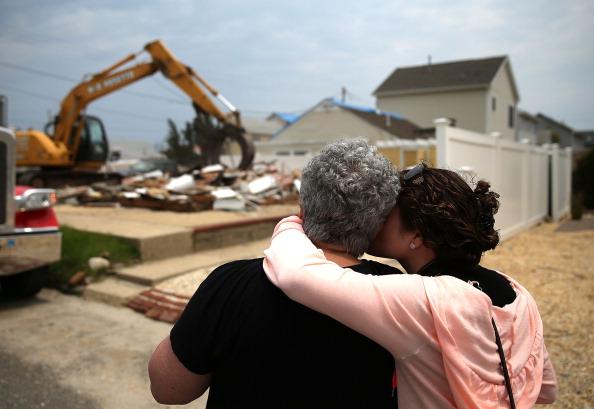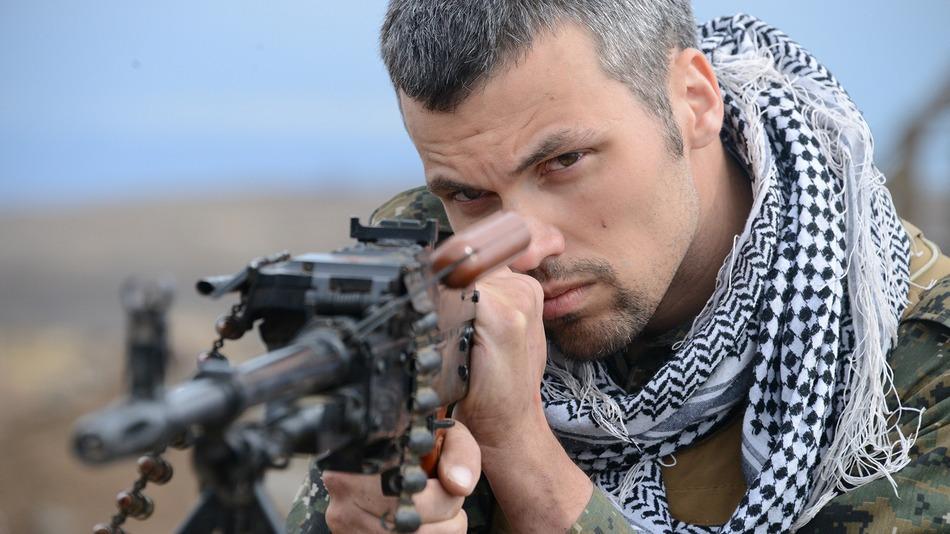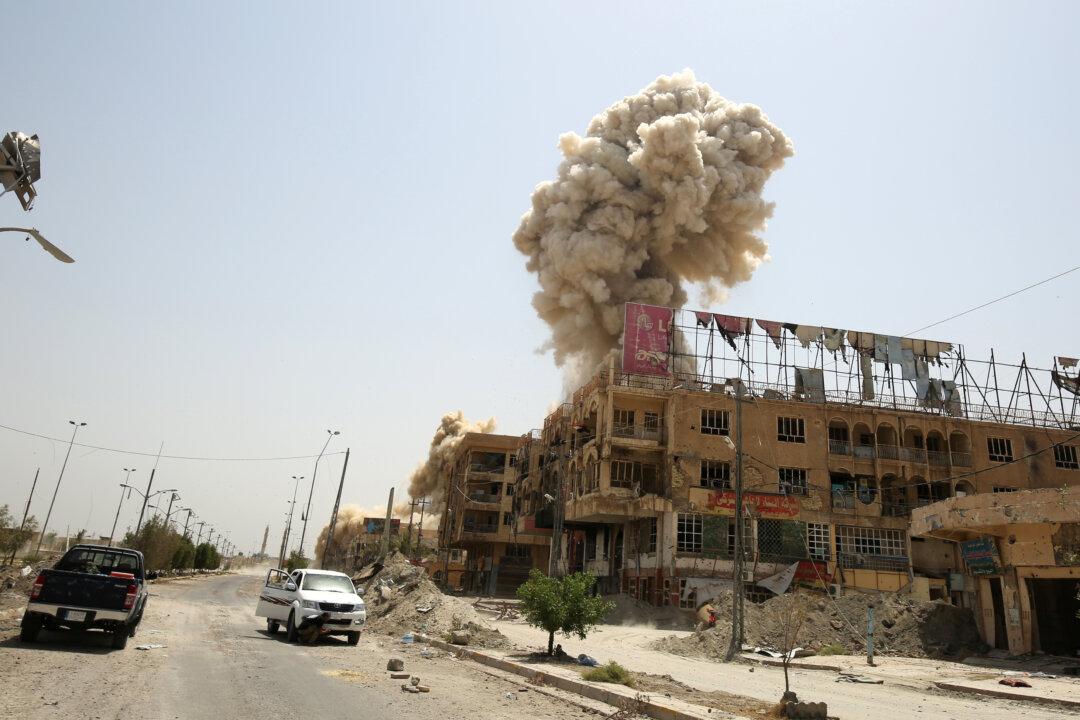NEW YORK—It’s been almost seven months since Hurricane Sandy hit, but many people are still reeling from the pressures and strain of the aftermath. In response to the continued need among Sandy victims for emotional and psychological support, the city of New York is reinvigorating a free, confidential crisis-counseling project.
Project Hope, which is run out of the New York City Department of Health and Mental Hygiene, has been running since Nov. 2012. Even though they’ve already managed to reach 100,000 New Yorkers and provided counseling services through the program, they believe there are others who need help.
“Many people are still feeling stressed and now is a good time to reach out to those that we haven’t already,” said Tamar Renaud, director of NY City Project Hope on Tuesday. She added that outside of the hardest hit flood areas, “many, many people were displaced,” and since a lot of them didn’t leave an address, went to live with friends or relatives, and left uninhabitable houses abandoned, launching an ad campaign is a good way to find them.
Those in need of counseling are usually sought out by Project Hope counselors in blue and white vests who go door-to-door to homes and gathering places to meet those who might be in. They can also be reached by phone on the hotline, or by phone or email to individual providers within communities. A full list of providers is listed on the Department of Health website.
The project is a FEMA-funded service that is activated when there is an emergency declaration by the president. There are 17 service providers throughout New York City that supply counselors for the program. They are drawn from affected communities and overseen by social services.
According to a survey by the Health Department, one-third of adults in the areas hardest hit by the storm had psychological distress after the storm. Children have also been impacted. The most common symptoms are sadness and tearfulness, followed by anxiousness, fearfulness, and irritability.
“We’ve heard stories of children who fear water because they got stuck in water,” said Renaud. “It takes a lot to come out and say ‘I need help’ and to go and seek it out. Having somebody come to you and being open and listening makes them more comfortable.”
Some of the scenarios that counselors have told Project Hope they encounter are of parents saying their children are having nightmares and mood swings. One school administrator said that there has been an increase in behavioral problems among children who had no issues before the storm.
“I am very, very concerned about the emotional well-being of the students at my school,” one Far Rockaway School principal told the project coordinators. The principal cannot be identified because the program strictly protects the confidentiality of those they serve. “I would hate to see what it would look like if you [Project Hope] were not here.”
Stories of the elderly and disabled also abound.
Several Project Hope programs have said that the elderly or disabled got stuck in high-rise apartments when elevators went out and they couldn’t take the stairs. In addition to severe isolation, particularly in the absence of home-care attendants, one person reported slipping and falling down the stairs in the dark.
Project Hope coordinators are hoping that the most recent ad campaign will encourage people who haven’t sought help yet or who are still in need of support to reach out and ask for support.
“Some people get so blocked because they get stressed out and they don’t know what the next step is,” said Renaud.




